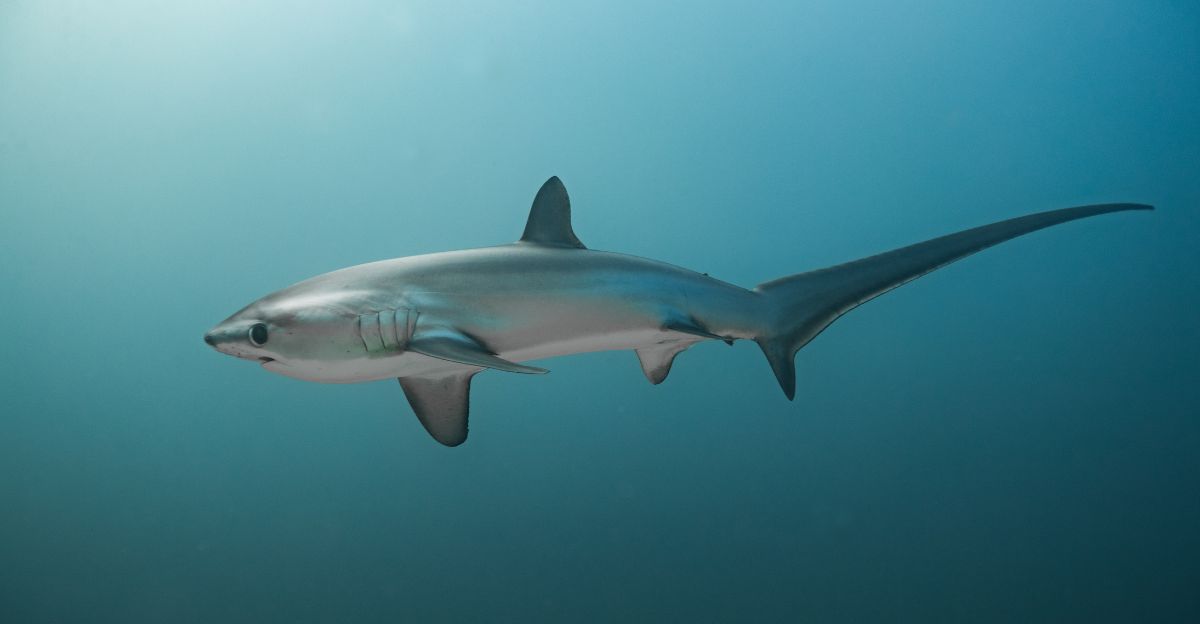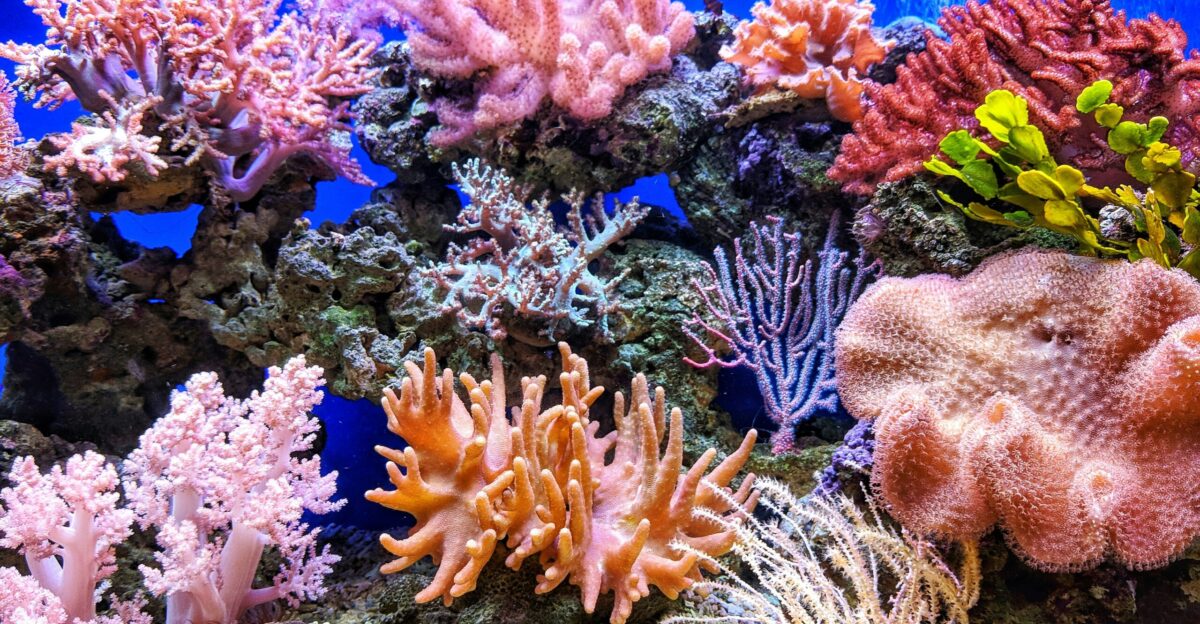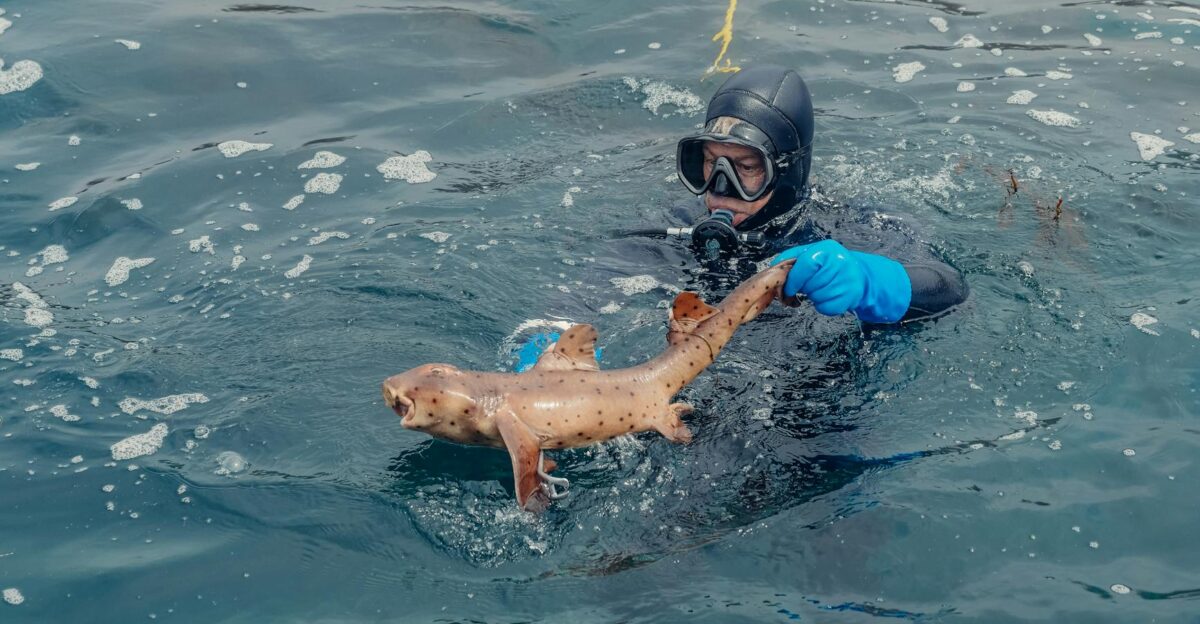
U.S. and Peruvian authorities achieved a major victory against organized wildlife crime on November 10, 2025, when they seized approximately 10,000 shark fins weighing 9.3 tons and valued at over $11.2 million at Callao port near Lima. The operation represents one of Latin America’s most significant busts of wildlife trafficking on record.
Three individuals connected to a transnational criminal organization were arrested at the scene. Peru’s Organized Crime Investigation Division, part of the Environmental unit, coordinated the operation with the U.S. Fish and Wildlife Service, targeting an illegal fishing and smuggling network operating across multiple nations.
The Sophisticated Smuggling Operation

The criminal network orchestrated an elaborate laundering scheme spanning South America and Asia. Operators purchased shark fins from Ecuadorian fishermen, then created fraudulent documentation falsely claiming catches originated in Peruvian waters.
The falsified paperwork masked the illegal origins of shipments destined for Asian markets. Once processed and dried in Callao storage facilities, the fins underwent final preparation for export to China.
Ecuador’s Collapse as a Regulated Source

Ecuador’s role as a major shark fins has become increasingly problematic for international conservation efforts. The Convention on International Trade in Endangered Species (CITES) suspended Ecuador’s commercial shark and ray trade in March 2024, following the documentation of severe irregularities in export records. Investigators uncovered massive discrepancies between the numbers of shark fins reported as exported by Ecuador and the imports documented by Peru.
Protected shark species from Ecuador illegally enter Peru through the border cities of Tumbes and Piura, where they disappear into shadow supply chains bound for Asia.
Threatened Species at Critical Risk

The seized fins originated from three shark species that are facing extreme population pressure and an elevated risk of extinction. Blue sharks comprise approximately 50-60% of global shark bycatch across major fisheries worldwide. Historical population data indicate an 80% decline in male blue shark abundance and a 60% overall reduction in North Atlantic catches between 1977 and 1994.
Despite initially possessing a higher reproductive capacity than other shark species, blue shark populations have collapsed since the 1980s, following the expansion of the Asian fin market.
Pelagic Threshers Face Reproductive Crisis

Pelagic thresher sharks seized during the Peru operation are at risk of extinction due to their critically slow reproductive cycles. These species require eight to fourteen years to reach sexual maturity and produce only minimal offspring during each reproductive cycle.
The International Union for Conservation of Nature classifies pelagic threshers as Endangered, indicating a high risk of extinction. Their life history characteristics create profound vulnerability to overexploitation, making population recovery from intensive fishing pressure extremely difficult and time-consuming.
Common Threshers: Mediterranean Collapse as Warning

Common thresher shark populations have experienced catastrophic declines, serving as a cautionary example for the health of ocean ecosystems. Global population reductions are estimated to be 30-49% over three generations, spanning 76.5 years.
Mediterranean Sea studies documented apocalyptic 99.9% abundance declines over the past 108 years, representing one of the most severe predator population collapses recorded in scientific literature.
Shark Fin Soup: Ancient Tradition Driving Modern Extinction

Shark fin soup originated centuries ago as a luxury dish served exclusively to Chinese royalty during the Song Dynasty (960-976 CE). The tradition transformed into a global status symbol representing wealth, power, and prosperity at celebrations and high-profile events.
Premium restaurants across Asia charge approximately $100 per bowl, with individual fins commanding prices of up to $1,300.
Shifting Demand Geography Fuels Trafficking Networks

While shark fin soup consumption declined approximately 80% in China following awareness campaigns, demand surged dramatically in Thailand, Vietnam, Indonesia, and Macau. A 2025 study examining nearly 20,000 shark fin samples from Hong Kong markets—the global trade hub—revealed protected species remain surprisingly common despite 2014 international trade regulations.
Genetic DNA analysis detected 70 times more oceanic whitetip fins and 10 times more hammerhead fins than legal reporting data suggests should exist in commerce.
The $20 Billion Underground Economy

The global illegal wildlife trade generates between $15-20 billion annually, ranking as the world’s fourth-largest criminal enterprise behind only drug trafficking, arms smuggling, and human trafficking. This underground economy rivals traditional organized crime in scale, operational sophistication, and violence.
Transnational criminal organizations increasingly dominate wildlife trafficking, employing sophisticated money laundering techniques, armed enforcement, and corruption of government officials.
The Brutality Behind Shark Finning

Shark finning represents one of wildlife trafficking’s most inhumane practices, documented by conservation researchers. Fishermen slice fins from living sharks and discard mutilated bodies back into the ocean, where they succumb to blood loss, suffocation, or predation.
Between 76 and 80 million sharks face annual slaughter for fins alone, according to peer-reviewed science journal research. Nearly 50 countries, as well as most regional fishery management organizations, have implemented shark finning prohibitions; however, enforcement data indicate that finning activities continue to rise globally despite these legal bans.
Trafficking Networks Diversify

Earth League International’s investigative operations have revealed that identical criminal actors participate in multiple illegal enterprises simultaneously, demonstrating a phenomenon known as “crime convergence.” The same trafficking networks that smuggle shark fins frequently operate jaguar parts trafficking, elephant ivory smuggling, and the trafficking of endangered birds.
This convergence strategy maximizes operational efficiency and minimizes detection risk. Chinese nationals dominate international wildlife trafficking networks, with smuggling routes frequently overlapping and criminal organizations collaborating systematically across borders and jurisdictions.
Apex Predators Maintain Ocean Food Web Stability

Sharks function as critical apex predators essential to maintaining balanced, healthy marine ecosystems. Their population declines trigger cascading effects throughout ocean food webs, affecting countless dependent species.
Caribbean coral reef research has demonstrated that decreased shark populations enabled the proliferation of grouper fish, which subsequently resulted in increased parrotfish populations responsible for algae removal. This cascade pattern explains why algae now dominate many degraded Caribbean reef ecosystems, crowding out coral growth.
North Carolina Scallop Fishery Collapse Linked to Shark Loss

Scientific research off the North Carolina coast revealed that shark overfishing precipitated a complete collapse of the commercial fishery. When fishing pressure eliminated large shark populations, their primary prey—the cownose ray—experienced explosive population growth and range expansion into previously dangerous territories.
Uncontrolled ray populations subsequently decimated bay scallop populations beyond recovery thresholds, eliminating a century-old commercial fishery supporting coastal communities.
Coral Reefs Depend on Shark Ecological Services

Healthy coral reefs support approximately 25% of all ocean biodiversity, despite occupying a relatively small area of the ocean floor. Sharks depend critically on functioning reef ecosystems for habitat, food resources, and reproductive activities.
Coral bleaching events, causing reef death and collapse, dramatically reduce fish populations, eliminating essential shark food sources. Reef ecosystem destruction jeopardizes entire marine food webs, threatening sharks and countless species interdependent on healthy reef systems.
One-Third of Sharks Face Extinction Threat

A 2024 peer-reviewed study determined that one-third of sharks killed annually represent species officially designated as threatened with extinction. Scalloped hammerhead sharks and great hammerhead sharks face a particularly severe extinction risk, classified as Critically Endangered.
More than one-third of all shark species worldwide now carry IUCN designations as Vulnerable or Endangered.
U.S.-Peru Enforcement Partnership Yields Results

The U.S. Fish and Wildlife Service maintains a Regional Law Enforcement Attaché Office in Lima, providing sustained operational assistance to Peruvian authorities. American law enforcement officers deliver training, specialized equipment, investigative support, and mentoring to Peru’s environmental police units.
This bilateral cooperation framework has led to multiple significant trafficking busts, including the June 2025 “Predators of the East” operation, which resulted in 12 arrests and the seizure of 257 live animals.
U.S. Enforcement Operations Target Shark Fin Trafficking

American law enforcement conducted multiple enforcement actions in 2024 targeting shark fin shipments attempting to enter the United States illegally. One seizure involved a cargo container holding 480 kilograms of dried silky shark fins valued at $51,298.56. Additional 2024 seizures included 85 kilograms of bull shark fins valued at $13,265.44 and 80 kilograms of scalloped hammerhead fins valued at $10,484.96.
These enforcement operations targeted violations of the Endangered Species Act, Lacey Act, and Shark Finning Prohibition Act statutes.
Human Cost of Wildlife Crime Extends Beyond Ecosystems

Approximately 100 wildlife rangers face death annually while protecting endangered species from poaching operations globally. Environmental defenders combating trafficking networks risk their lives against armed operatives employed by criminal organizations. Law enforcement officers dedicated to wildlife protection experience trauma, violence, and operational danger comparable to narcotics enforcement personnel.
The human cost of environmental crime remains largely invisible despite significant casualties among conservation professionals working in the field.
Approaching Extinction Tipping Point

Leading marine scientists warn that without immediate, meaningful reduction in shark fishing and international trade, global shark populations face potential complete collapse. Diego Cardeñosa, lead researcher at Florida International University’s Global Forensic and Justice Center, stated that extinction would lead to significant ecosystem changes, affecting human food security and ocean health.
The Peru operation represents a significant tactical victory yet highlights the enormous systemic challenges ahead.
Mounting Global Response

“The billion-dollar fin and meat trade is driving the extinction of iconic shark and ray species. Now, more than ever, critical action must be taken before it’s too late,” warned Luke Warwick, director of Shark and Ray Conservation for the Wildlife Conservation Society.
Law enforcement officials emphasize unwavering commitment to dismantling illegal shark trade networks, protecting future ocean generations. The Peru seizure demonstrates what coordinated international law enforcement can accomplish against sophisticated transnational criminal organizations.